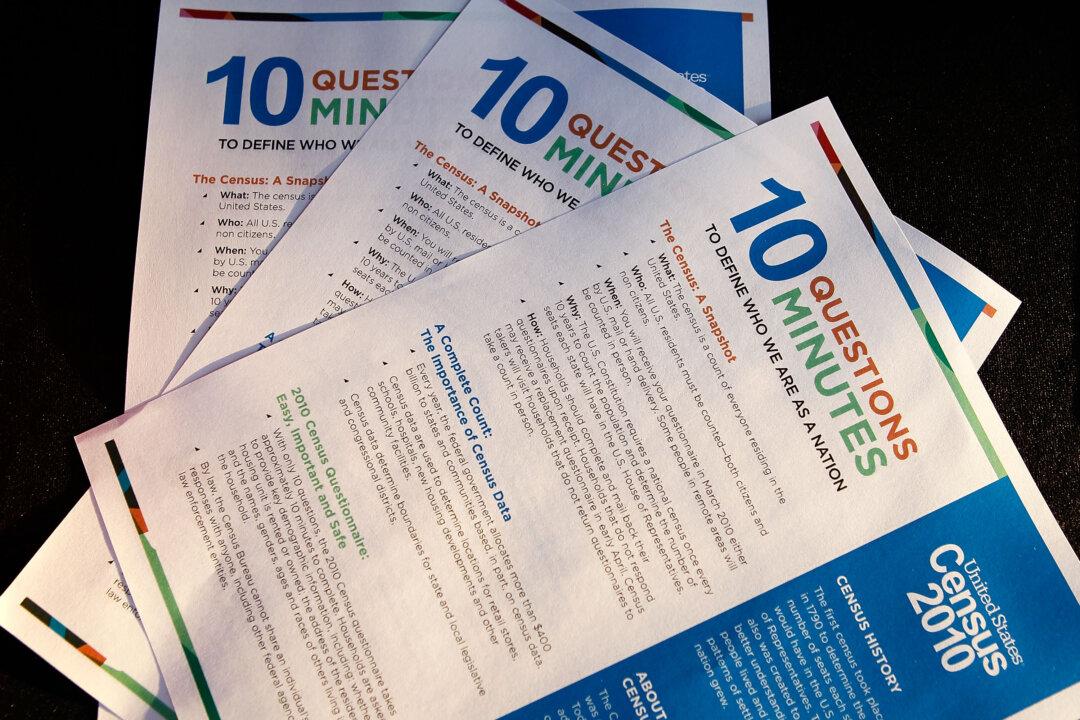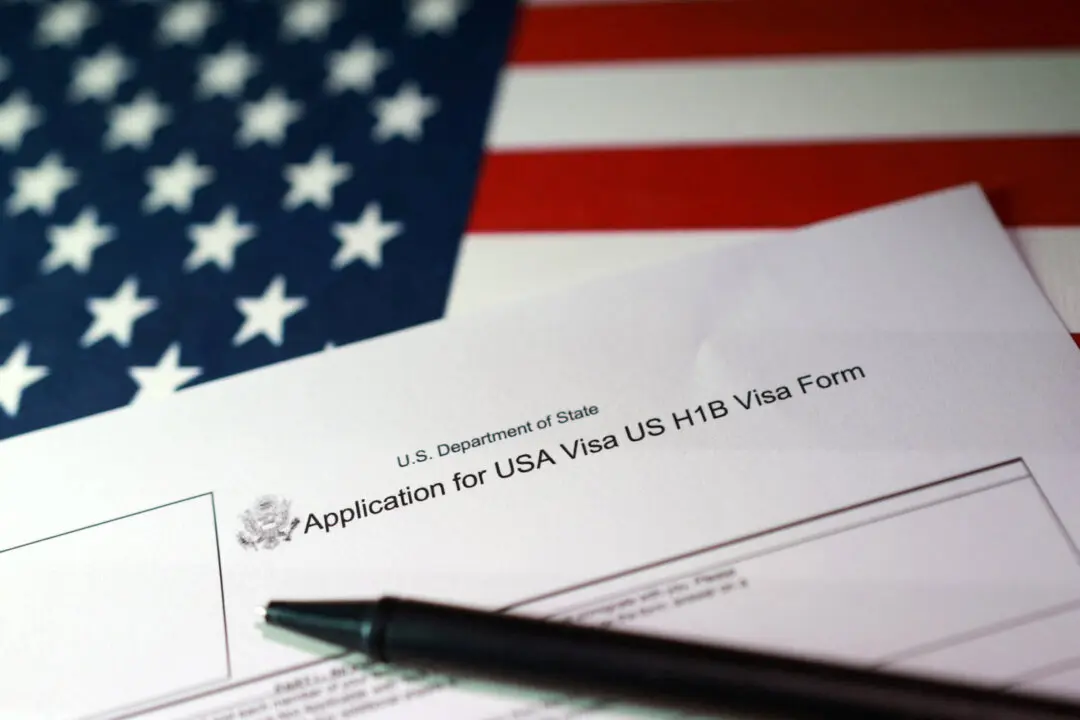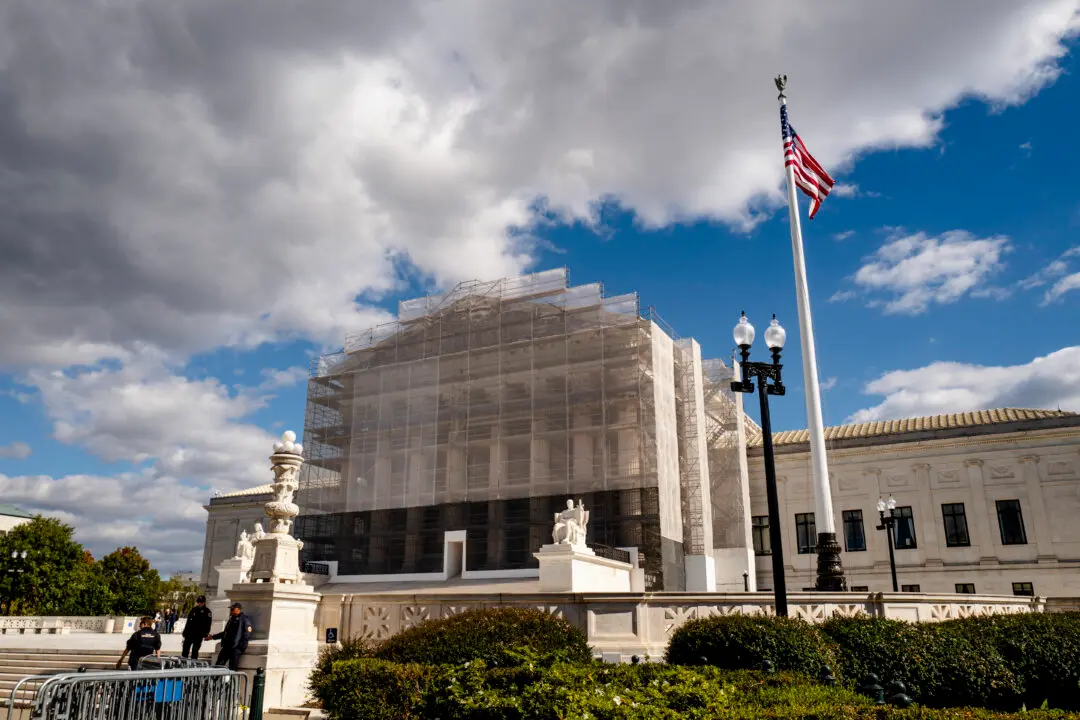A federal judge has rejected an activist group’s request to prevent the Trump administration from asking 2020 Census respondents if they are U.S. citizens.
In recent decades, Democrats and Republicans have fought bitterly over how the decennial, constitutionally mandated head count is carried out.





